Why Do Islamic Women Wear A Hijab? This is a question often asked, and at WHY.EDU.VN, we aim to provide comprehensive and insightful answers. Exploring the multifaceted reasons behind wearing the hijab, including religious, cultural, and personal motivations, can increase understanding and break down misconceptions. Unveiling the diverse perspectives, modest dressing and cultural significance will enhance your knowledge.
1. Defining the Hijab: More Than Just a Headscarf
The hijab is commonly recognized as a headscarf worn by Muslim women, but its significance extends far beyond a simple piece of cloth. The term “hijab” itself carries multiple layers of meaning, encompassing not only physical covering but also spiritual and moral dimensions. Understanding the nuances of this term is crucial to appreciating its importance in the lives of Muslim women.
1.1. The Multifaceted Meaning of Hijab
Dr. Zuleyha Keskin, an associate professor at the Centre for Islamic Studies and Civilisation at Charles Sturt University (CSU), explains that the word “hijab” can be translated as a “veil of protection” or a “spiritual veil”. This spiritual veil is intended to shield a person from negative influences, safeguarding their connection with Allah (God).
1.2. Hijab as Modesty in Action
The practice of hijab involves more than just wearing a head covering. It includes adopting modest mannerisms, upholding strong morals, and adhering to Islamic values. This holistic approach to modesty reflects a commitment to spiritual purity and ethical conduct in all aspects of life. The concept of hijab is open to interpretation, allowing individuals to express their faith in a way that resonates with their personal understanding and cultural background.
2. The Purpose of the Hijab: Observance of Modesty
The primary purpose of the hijab is to observe modesty, a principle deeply rooted in Islamic teachings. Islamic law stipulates that this observance should begin at puberty, marking the transition into adulthood and the assumption of religious responsibilities. The Qur’an, Islam’s sacred book, contains verses that address the concept of hijab and emphasize the importance of modesty for both men and women.
2.1. Qur’anic Verses on Modesty
Two key verses in the Qur’an highlight the notion of hijab. The first verse instructs men to lower their gaze when looking at women and to observe modesty, often referred to as “hijab of the eyes.” This emphasizes the responsibility of men to maintain respectful interactions with women. The second verse directs women to dress modestly and cover their bodies, with many interpretations including the covering of women’s hair. These verses collectively promote a culture of respect, dignity, and modesty for all members of the community.
2.2. Beyond the Headscarf: Morality and Interactions
Professor Keskin emphasizes that hijab extends beyond physical appearance. It requires both men and women to be mindful of their interactions with others, ensuring that they act with morality based on Islamic values. This includes being respectful, honest, and compassionate in all dealings, fostering a community built on ethical principles.
3. Hijab vs. Burqa: Understanding the Differences
It is essential to distinguish between various types of garments worn by Muslim women. While the hijab is a headscarf that covers the hair and neck, other coverings like the burqa, niqab, and chador provide different levels of concealment. Each garment reflects varying interpretations of Islamic teachings and cultural norms.
3.1. Defining Different Types of Coverings
Professor Hakan Coruh, a senior lecturer in Islamic studies at CSU, defines the hijab as a headscarf worn to cover the hair and neck. The burqa covers the entire body and face, with a mesh window for vision. A jilbab is an outer garment that covers the entire body, often worn with a niqab, which conceals the face and hair. The chador is a full-length cloak that covers the head and body but leaves the face uncovered. A khimar is a long, wide headscarf that conceals the hair and upper body. Finally, a dupatta is a scarf that can be worn loosely at the back of the head or as a shoulder wrap.
3.2. Influences on Hijab Styles
A woman’s hijab style is often influenced by fashion trends and her cultural background. The way she pins her scarf, the amount of coverage it provides, and the colors and fabrics she chooses all contribute to her individual expression of faith. These variations highlight the diversity within the Muslim community and the adaptability of the hijab to different cultural contexts.
4. The Choice to Cover the Face: An Additional Form of Modesty
While many scholars consider covering the hair compulsory, the decision to cover the face with a niqab or burqa is generally viewed as an additional form of modesty. However, some schools of thought, particularly those followed by the Taliban in Afghanistan, regard veiling the face as a mandatory aspect of hijab.
4.1. Cultural and Regional Influences
Different cultures and national traditions also influence the types of coverings women choose to wear. In some regions, specific styles of veiling are deeply ingrained in the local culture and are seen as a symbol of identity and heritage. Understanding these cultural nuances is essential to avoiding generalizations and appreciating the diverse ways in which Muslim women express their faith.
4.2. Varying Interpretations of Islamic Teachings
The varying interpretations of Islamic teachings contribute to the diverse practices of veiling. Some women choose to cover their faces as a personal expression of piety and devotion, while others may feel it is a cultural expectation within their community. These individual and collective decisions reflect the dynamic interplay between faith, culture, and personal identity.
5. The Choice to Wear a Hijab: Personal Agency and Freedom
For the most part, Muslim women have the autonomy to decide whether or not to wear a hijab. This decision is often a deeply personal one, influenced by faith, culture, and individual beliefs. However, it is important to acknowledge that not all women have this freedom, and external pressures can sometimes limit their choices.
5.1. Personal Journeys and Motivations
Muslim journalist Shazma Gaffoor emphasizes that it is a misconception to assume women are forced to wear the hijab. She, like many others, chose to start wearing the hijab as an integral part of her identity, representing her faith and connecting her to God. This personal journey highlights the importance of recognizing individual agency and respecting the diverse motivations behind wearing the hijab.
5.2. Western Privilege and the Reality of Coercion
Muslim author Amal Awad points out that the discussion of choice is more prevalent in the West. While many Muslim women in Western countries freely choose to wear the hijab, it is crucial to acknowledge that this is not always the case globally. Some women face coercion or societal pressure to wear the hijab, highlighting the need to advocate for the rights and freedoms of all women, regardless of their cultural or religious background.
6. Empowerment Through the Hijab: Challenging Objectification
Many Muslim women find empowerment in wearing the hijab. It can provide a sense of control, dignity, and liberation from societal pressures to conform to certain beauty standards. By covering their hair and bodies, women can shift the focus from their physical appearance to their intellect, character, and contributions to society.
6.1. Control and Respect
Shazma Gaffoor describes feeling liberated when she first wore the hijab. She felt in control of how people perceived and interacted with her, experiencing a newfound sense of respect and dignity. This shift in perception allowed her to be valued for her words and actions rather than being objectified based on her appearance.
6.2. A Personal Shield
The hijab can act as a personal shield, protecting women from unwanted attention and objectification. It allows them to navigate public spaces with confidence and assert their identity on their own terms. This sense of empowerment is a significant reason why many Muslim women choose to wear the hijab.
7. Asking About the Hijab: Navigating Conversations Respectfully
Approaching conversations about the hijab requires sensitivity and respect. While many Muslim women are open to answering questions, it is important to avoid clichés, stereotypes, and assumptions. Engaging in respectful dialogue can foster understanding and dispel misconceptions about the hijab and the women who wear it.
7.1. Common Misconceptions and Annoyances
Shazma Gaffoor notes that some questions can be tiresome, particularly those based on stereotypes. One common question she encounters is whether she feels hot wearing the hijab, a query that often reflects a lack of awareness and understanding. Avoiding such questions and approaching the conversation with genuine curiosity can lead to more meaningful exchanges.
7.2. Seeking Understanding, Not Reinforcing Stereotypes
When asking about the hijab, it is important to frame questions in a way that seeks understanding rather than reinforcing stereotypes. Instead of asking if a woman is hot in her hijab, one could ask about the different types of fabrics and styles available and how she chooses what to wear. This approach demonstrates a genuine interest in learning about the hijab and the woman’s personal experience.
8. When Can a Woman Remove Her Hijab? Context and Considerations
A common misconception is that the hijab must be worn at all times. In reality, a woman is only required to wear the hijab in the presence of men who are not her husband or blood relatives. In public spaces where only women are present, she is not obligated to cover her hair, although some women may still choose to do so.
8.1. Understanding Islamic Law
Islamic law provides guidelines for when the hijab is required, taking into account the context and the people present. This understanding helps to dispel the myth that Muslim women are always required to be veiled, regardless of the situation. The flexibility within Islamic law allows women to practice their faith in a way that is both meaningful and practical.
8.2. Portrayals in Media
The ABC TV drama series, House of Gods, offers a nuanced portrayal of hijab, showing female characters both veiled and unveiled in different settings. This depiction reflects the reality of many Muslim women’s lives, where the decision to wear the hijab is influenced by the context and the people around them.
9. Why Some Muslim Women Choose Not to Wear the Hijab: Diverse Expressions of Faith
While the hijab is considered a requirement by many in Islam, the Qur’an states that “there is no compulsion in religion.” This principle allows Muslims to make their own choices regarding their religious practice, including whether or not to wear the hijab. Some Muslim women choose to observe modesty in other ways, reflecting the diversity of beliefs and practices within the Muslim community.
9.1. Modesty Beyond the Veil
Amal Awad emphasizes that Muslim women are diverse in their appearance and may not always look visibly Muslim. This does not mean they are any less devout. Modesty can be expressed through various means, including behavior, speech, and dress, and the decision to wear or not wear the hijab is a personal one.
9.2. Challenging One-Note Portrayals
It is important to challenge the limited and often stereotypical portrayals of Muslim women in the media. By showcasing the diversity of Muslim women’s experiences and perspectives, we can promote a more nuanced and accurate understanding of Islam and its followers.
10. ‘De-jabbing’: The Decision to Stop Wearing the Hijab
The decision to stop wearing the hijab, known as “de-jabbing,” can be a complex and personal journey for Muslim women. While wearing the hijab can be a positive and spiritual experience for many, it is not the case for everyone. Some women may find that their relationship with the hijab changes over time, leading them to re-evaluate their decision.
10.1. Evolving Identity and Beliefs
Amal Awad, who wore the hijab for a time before deciding to remove it, explains that her decision was influenced by how she started to view the hijab. She felt that it no longer resonated with her evolving identity and beliefs. This highlights the importance of allowing individuals the freedom to make their own choices about their religious practice, without fear of judgment or criticism.
10.2. Criticism and Misunderstanding
The decision to de-jab can be met with criticism and misunderstanding from some members of the Muslim community. Some may struggle to understand why a woman would choose to stop wearing the hijab, viewing it as a rejection of faith. However, it is important to recognize that de-jabbing is not necessarily a rejection of Islam but rather a personal decision based on individual circumstances and beliefs.
FAQ: Common Questions About the Hijab
Here are some frequently asked questions about the hijab, addressing common misconceptions and providing accurate information:
| Question | Answer |
|---|---|
| Is the hijab a symbol of oppression? | No, for many women, the hijab is a symbol of empowerment, choice, and religious identity. |
| Are Muslim women forced to wear the hijab? | While some women are coerced, many choose to wear the hijab as a personal expression of faith. |
| Is it disrespectful to ask about the hijab? | Not necessarily, but it is important to ask respectfully and avoid stereotypes. |
| Is the hijab worn at all times? | No, it is typically worn in the presence of men who are not family members. |
| Why do some Muslim women not wear the hijab? | Modesty can be expressed in various ways, and not all Muslim women choose to wear the hijab. |
| What is the difference between hijab and niqab? | The hijab covers the head and neck, while the niqab also covers the face. |
| Can women take off their hijab in public? | In women-only spaces, women are not required to wear the hijab. |
| Is wearing a hijab required in Islam? | While considered a requirement by many, the Qur’an states “there is no compulsion in religion,” allowing for personal choice. |
| What does the hijab symbolize? | It can symbolize modesty, faith, identity, and empowerment, depending on the individual. |
| Can Muslim women be stylish in a hijab? | Absolutely, many Muslim women express their personal style through their choice of hijab fabrics, colors, and styles. |
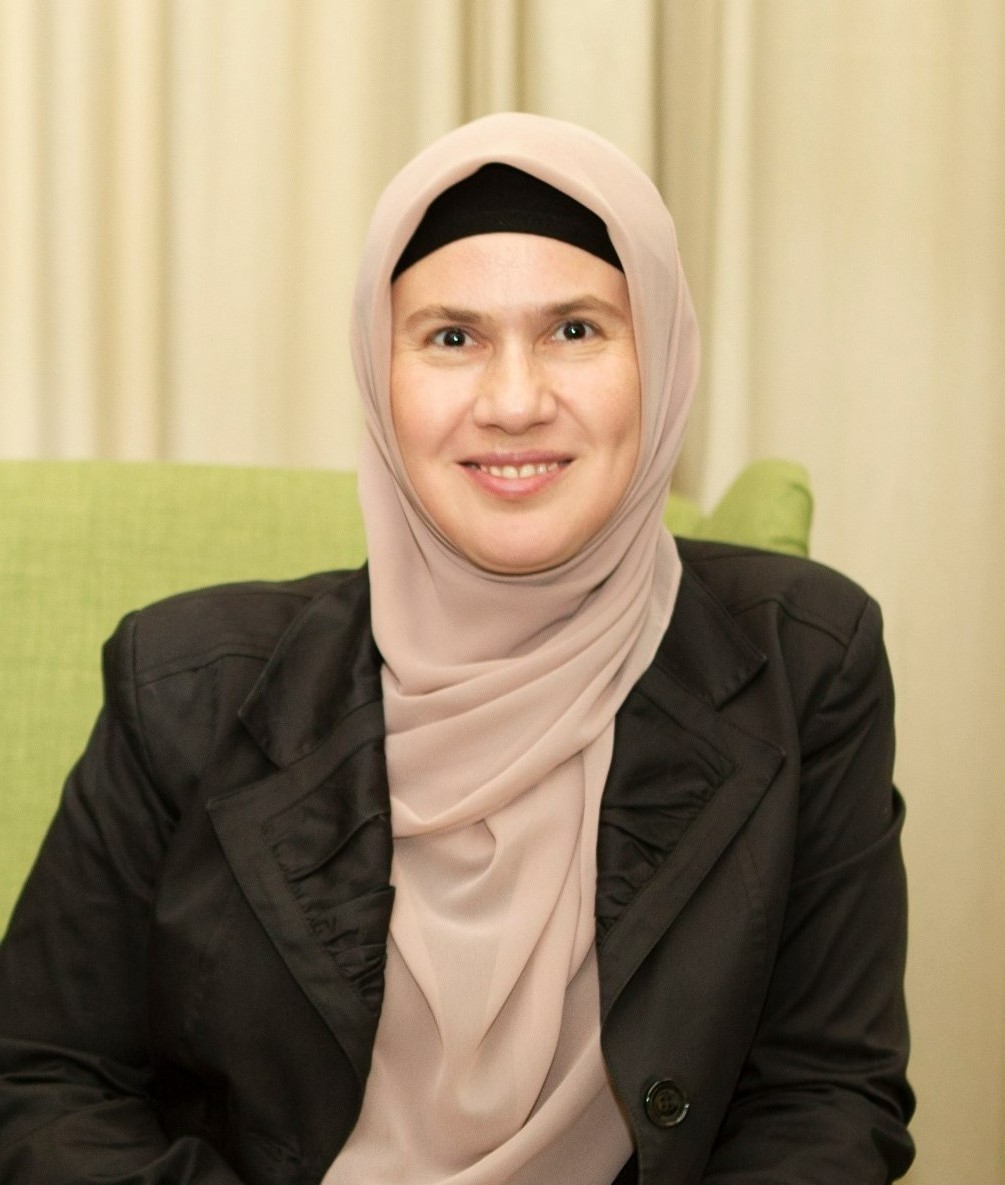
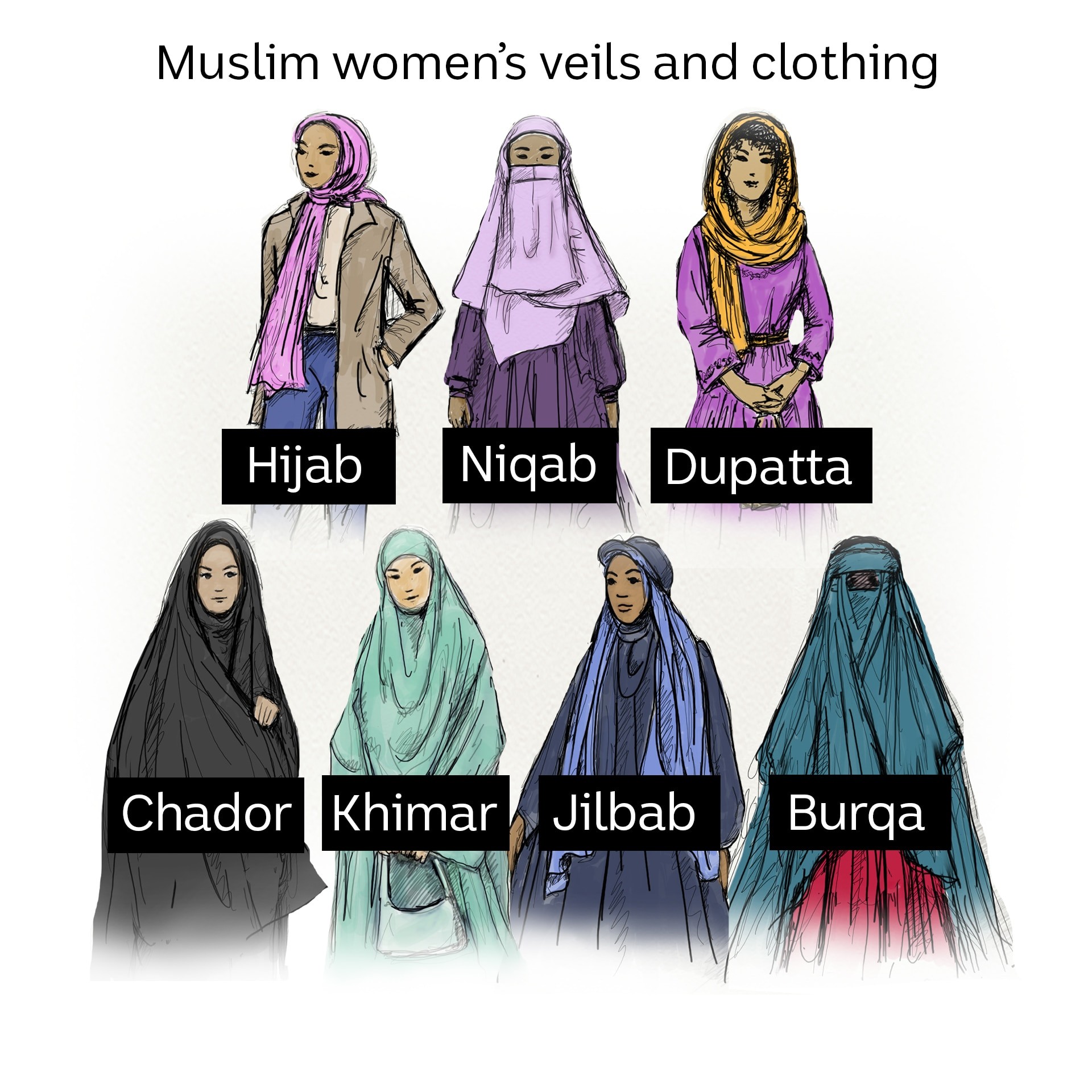
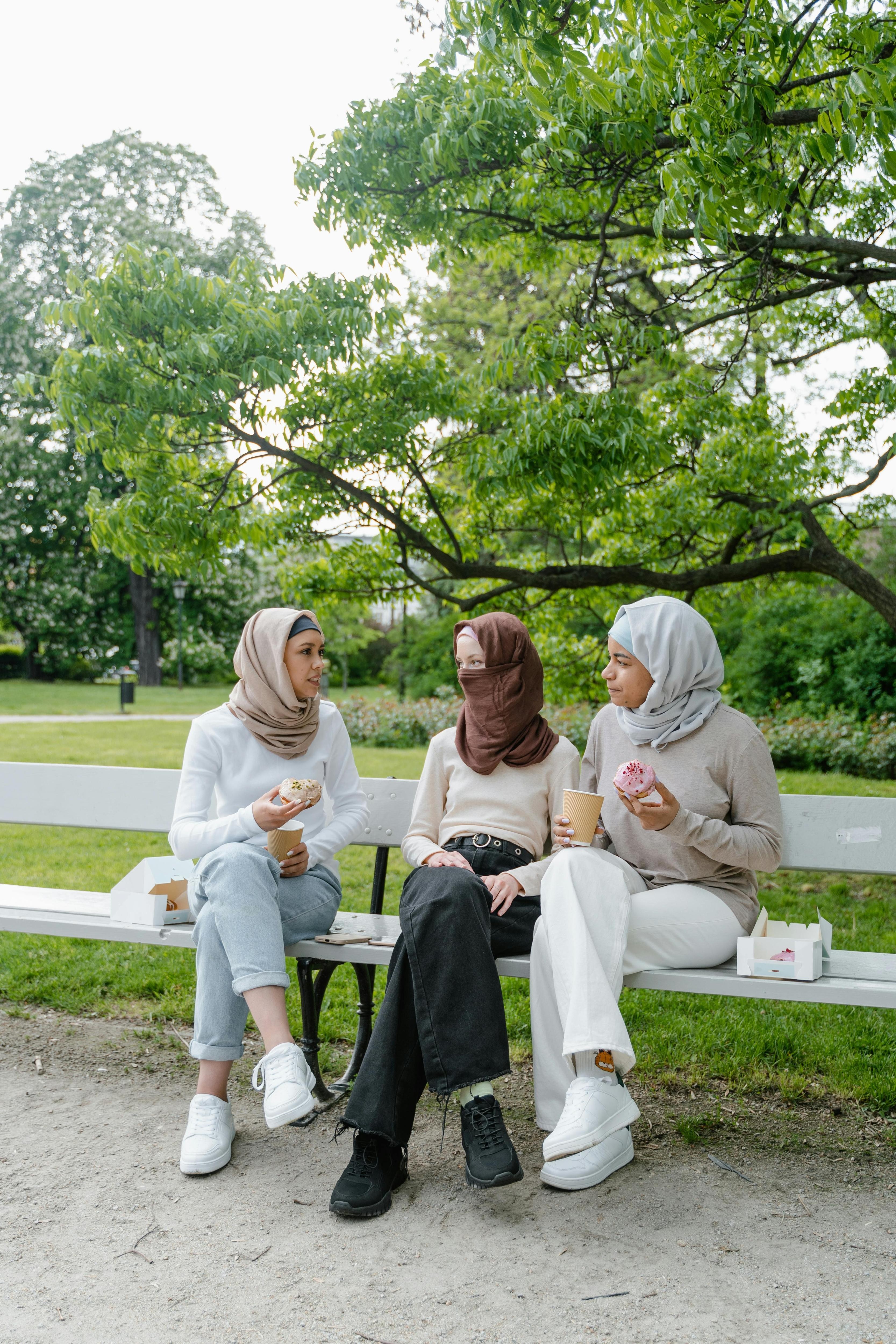
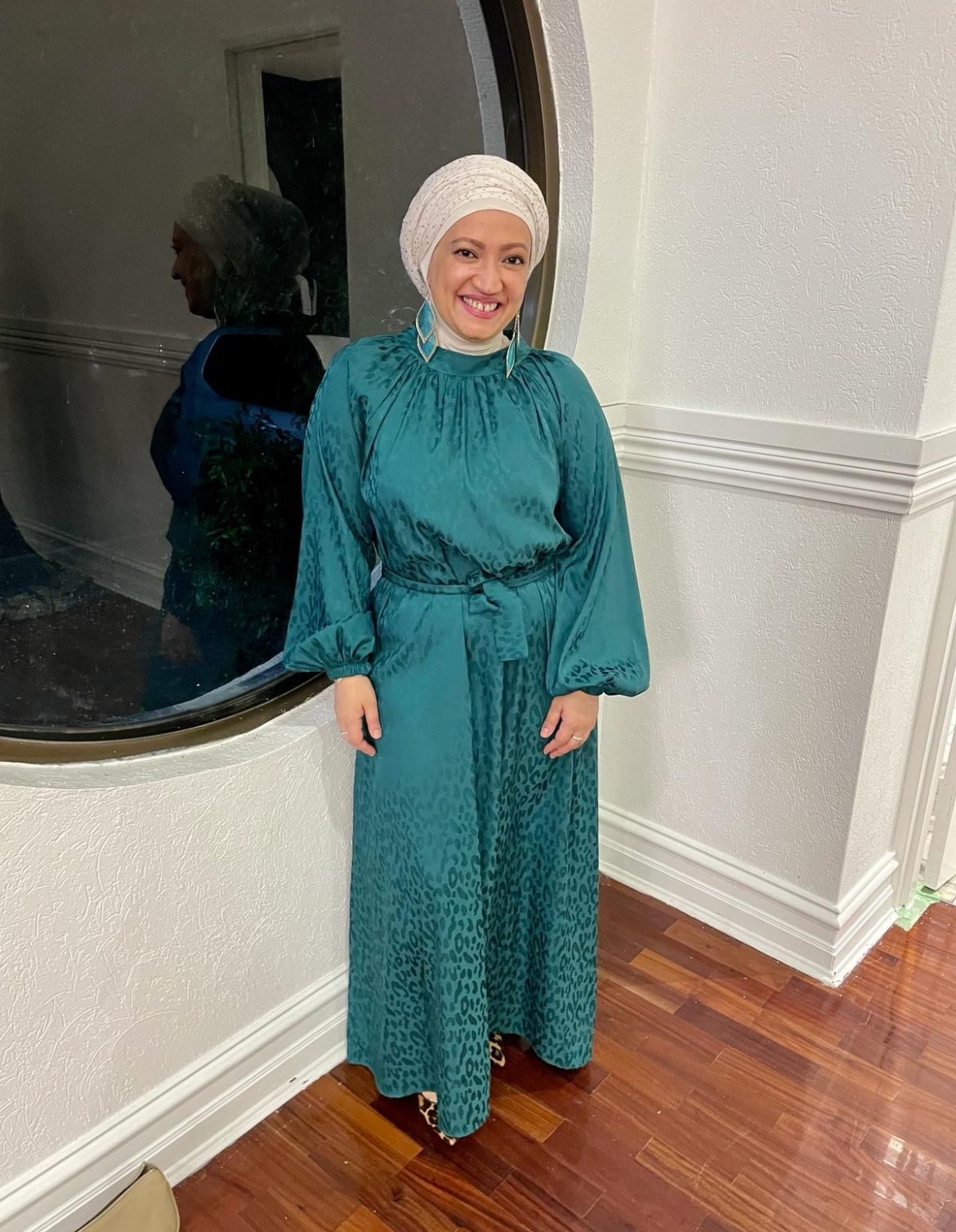
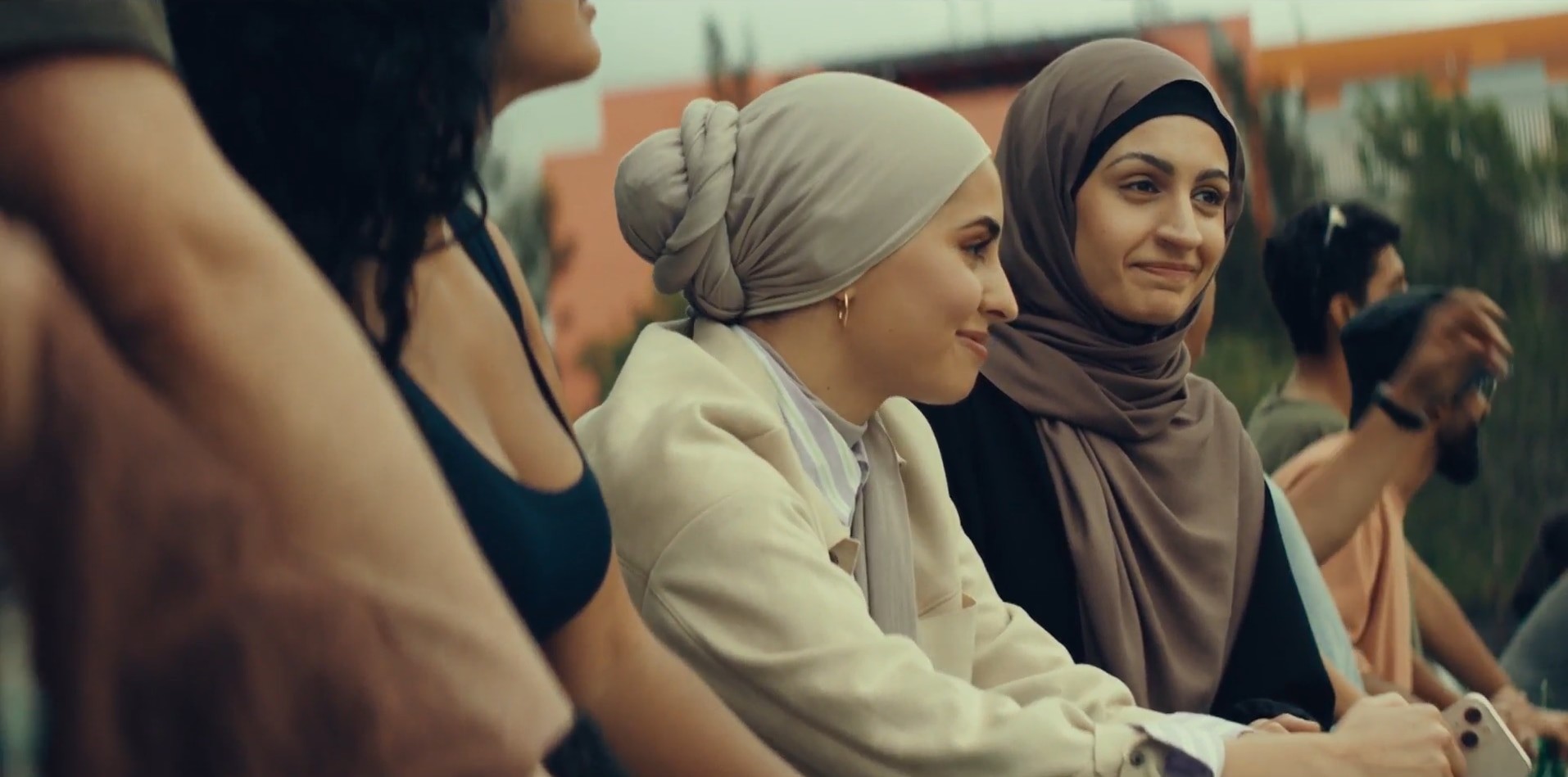
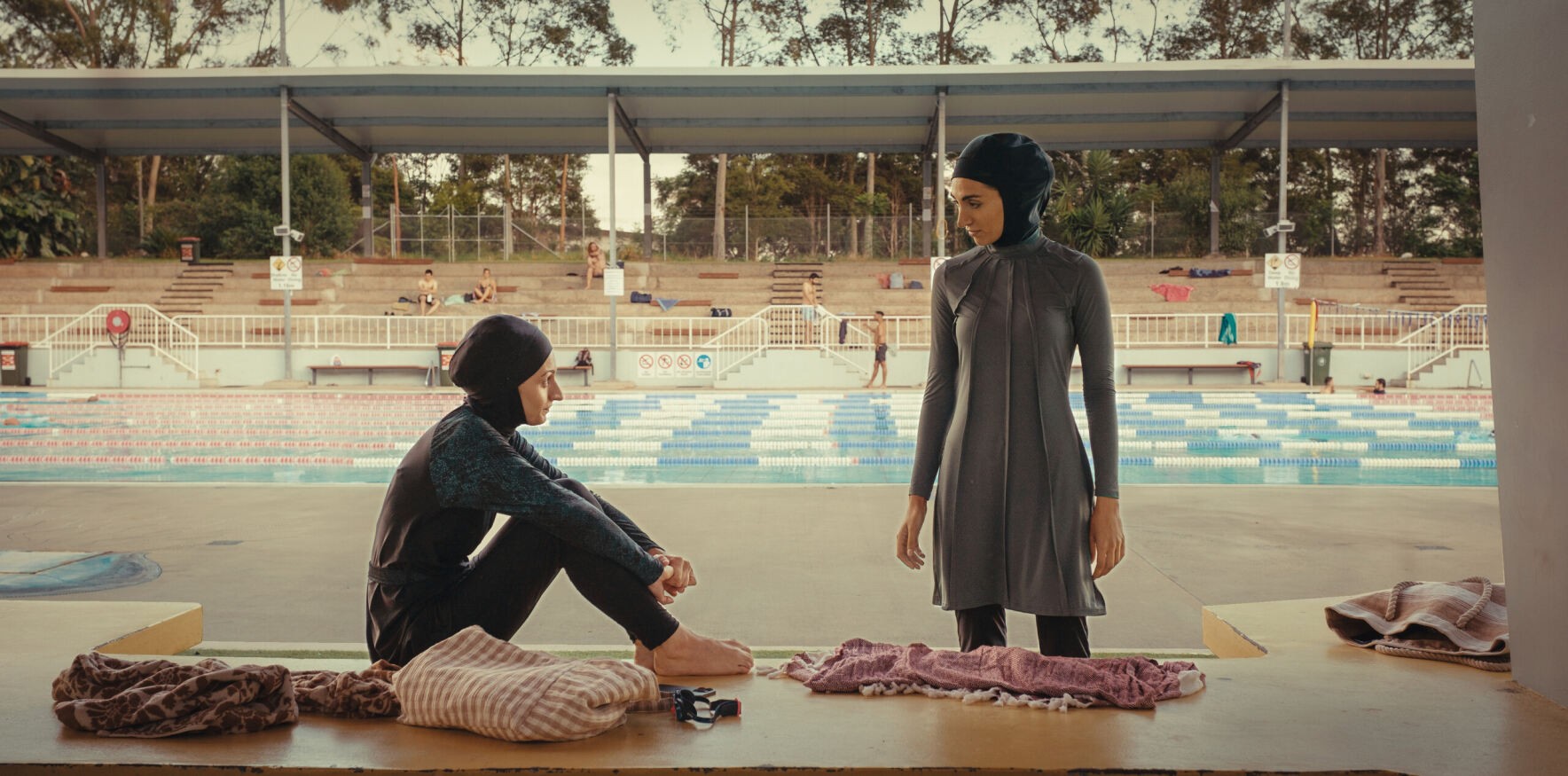
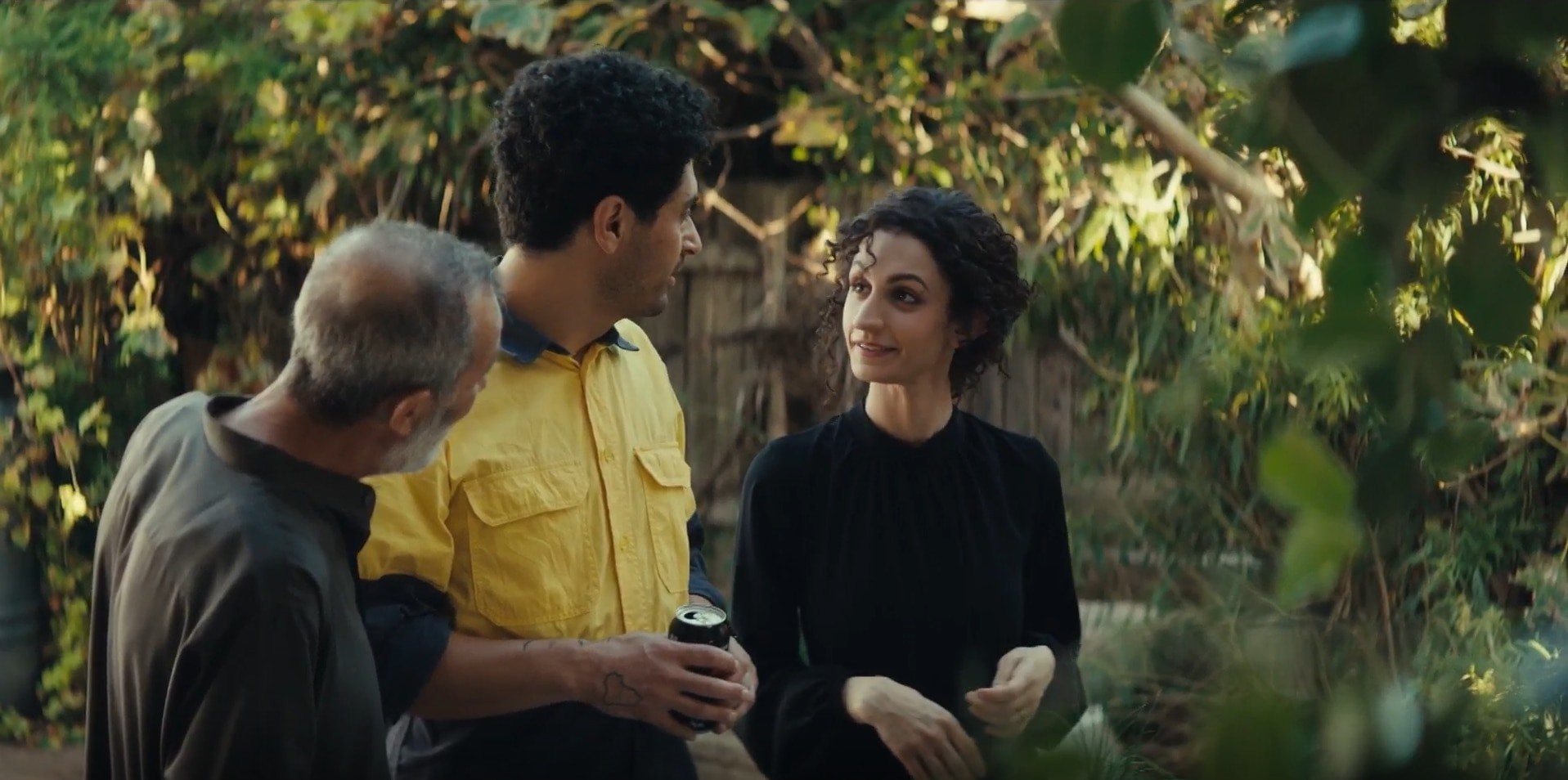
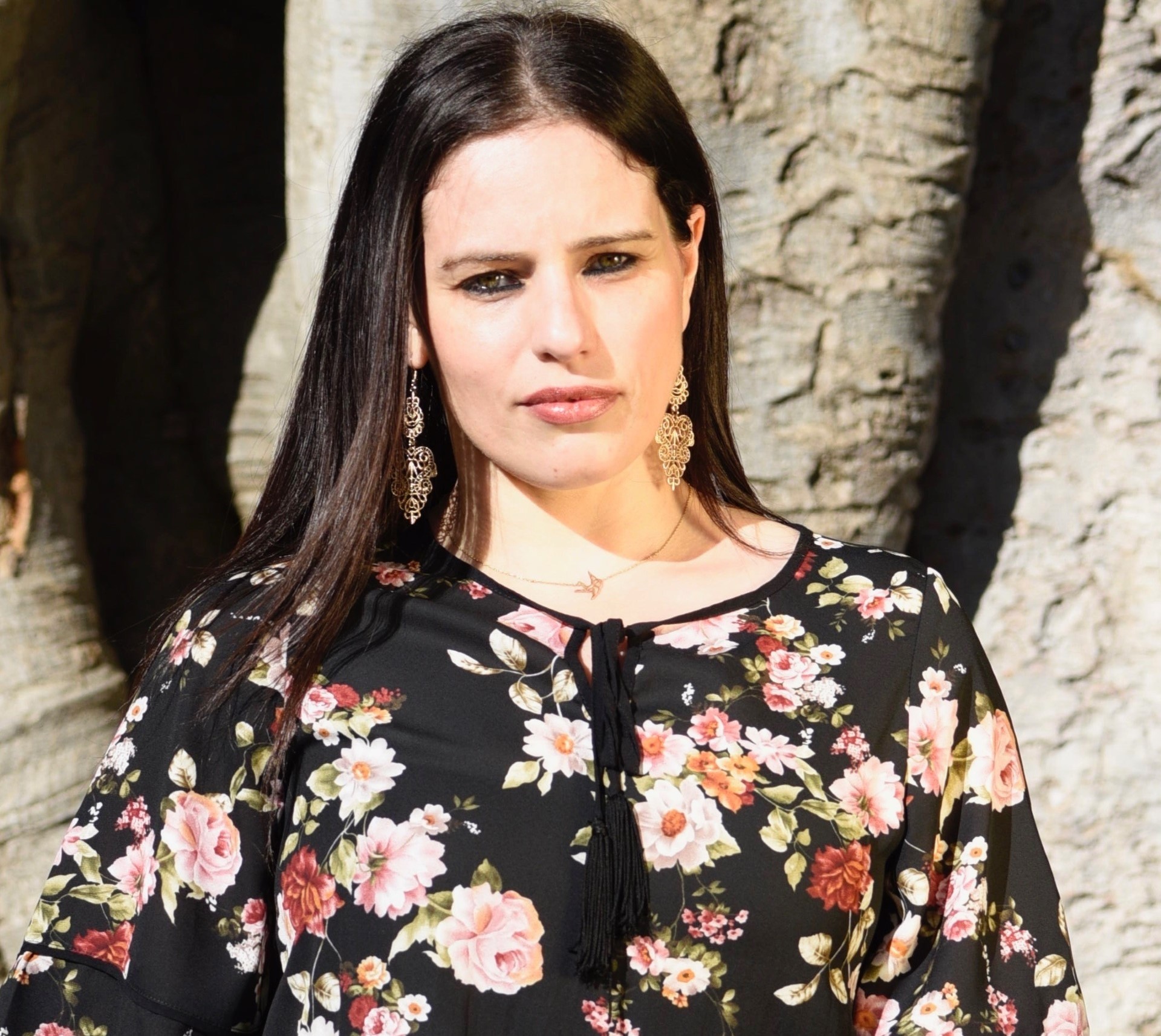
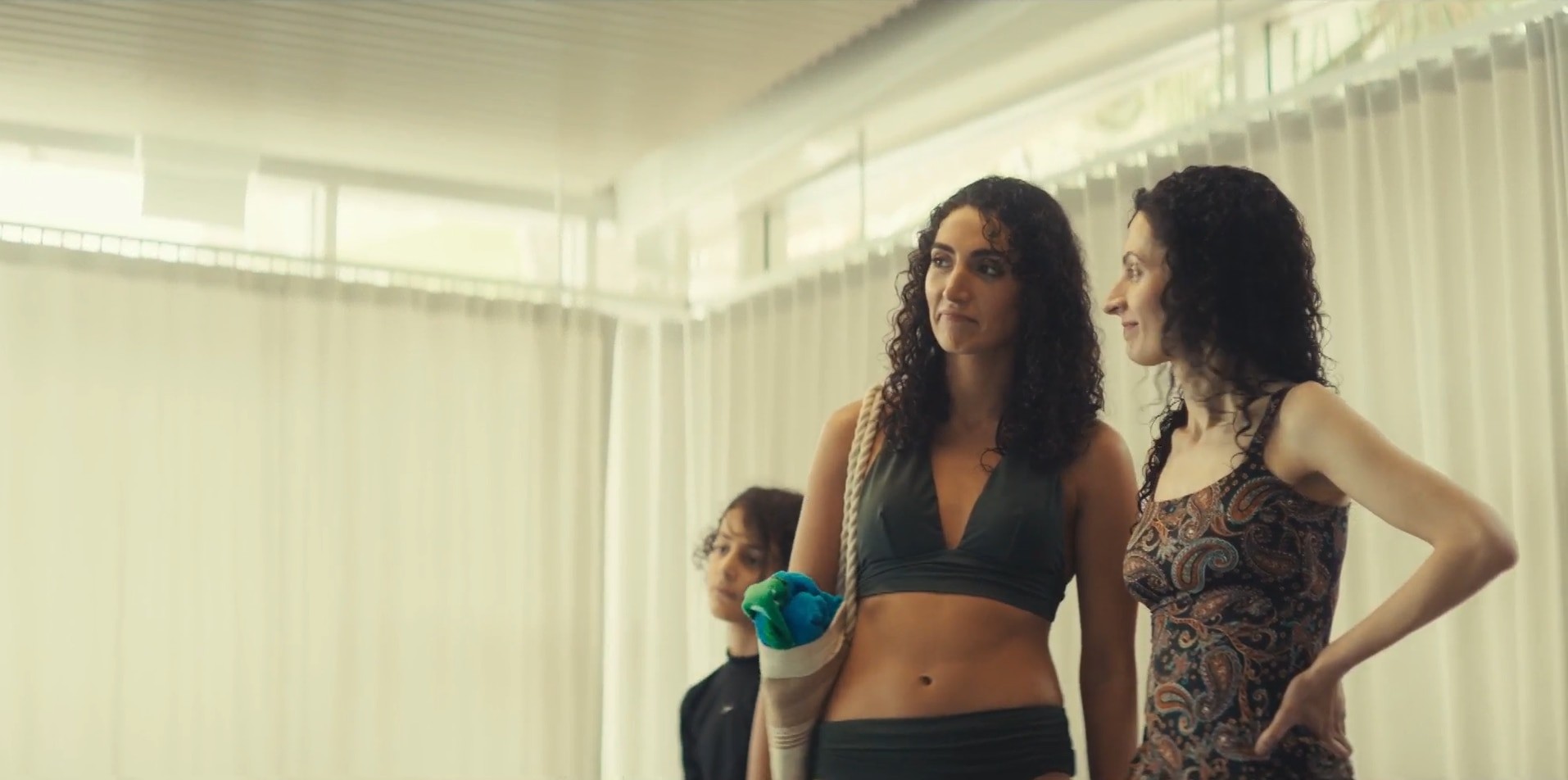
Conclusion: Embracing Understanding and Respect
Understanding why Islamic women wear a hijab requires moving beyond stereotypes and engaging with the diverse perspectives and experiences of Muslim women themselves. The hijab is a multifaceted symbol that can represent faith, identity, empowerment, and personal choice. By fostering open and respectful dialogue, we can promote greater understanding and appreciation for the rich tapestry of Muslim cultures and traditions.
Do you have more questions about the hijab or other aspects of Islamic culture? Visit WHY.EDU.VN to ask your questions and receive answers from our team of experts. We are dedicated to providing accurate, insightful, and respectful information to help you expand your knowledge and understanding of the world around you. Contact us at 101 Curiosity Lane, Answer Town, CA 90210, United States, Whatsapp: +1 (213) 555-0101, or visit our website at why.edu.vn.
